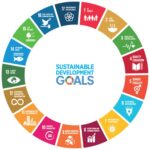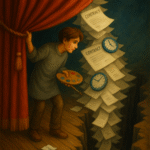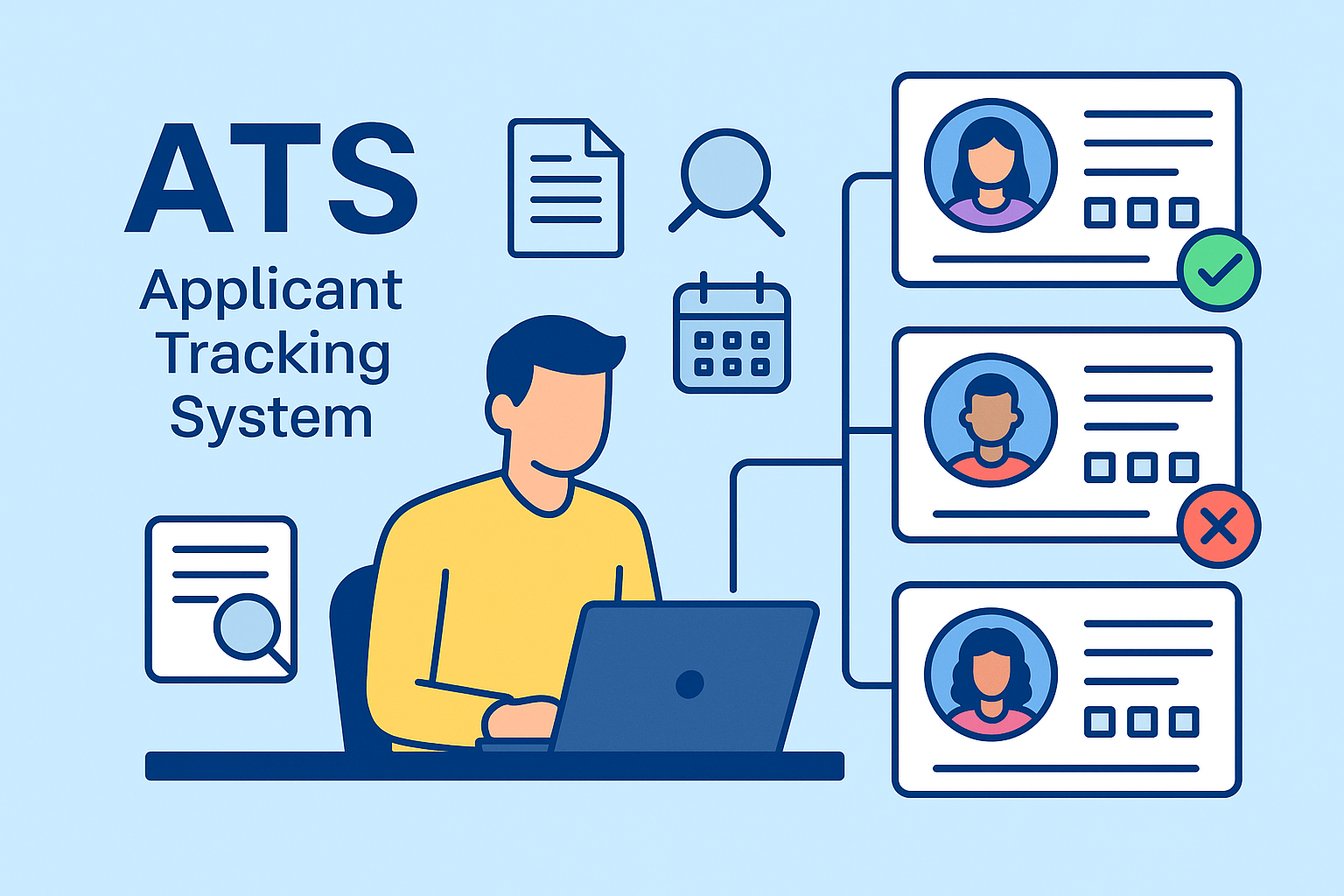Uma parte importante da minha pesquisa de mestrado em Humanidades Digitais aborda diretamente a questão da inclusão digital.
Mas, antes de falar em inclusão, é necessário reconhecer quem é excluído — historicamente, estruturalmente e cotidianamente — dos espaços tecnológicos.
Enquanto estudo esse tema, guiada pelas análises de autoras que iluminam estruturas muitas vezes naturalizadas, também revisito memórias de quase três décadas. Experiências que hoje eu enfrentaria de outro modo — com mais firmeza, mais consciência e muito menos silêncio.
“Por que você não tenta trabalhar operando fogão?”
Eu tinha 17 anos quando ouvi essa frase. Estava no pré-vestibular no Rio de Janeiro e havia errado um exercício. A frase saiu da boca de um professor jovem de química e biologia, alguém que eu já conhecia.
Para ele, os meninos “certamente passariam no vestibular”.
Eu — a única garota da turma — era apenas uma piada ambulante.
E querer estudar tecnologia era, na visão dele, pura pretensão.
Na época, ninguém reagiu. Era “brincadeira”. Normal.
Hoje, aquela frase é um retrato cruel de como a exclusão de gênero se infiltra justamente onde menos deveria estar: na educação, nas expectativas, no incentivo — ou na ausência dele.
O sentimento de não pertencer nunca foi casual
Na universidade, a mesma lógica continuou. No curso de Ciência da Computação, começamos com 42 alunos. Éramos apenas quatro mulheres — e esse número não aumentou até a formatura.
Concluir o curso foi, sem que eu percebesse, um ato político.
Resistir era existir.
No mercado, a desigualdade apenas muda de forma
A cobrança por “inteligência emocional” recai quase sempre sobre as mulheres.
A frieza masculina é vista como assertividade; a intensidade feminina, como descontrole.
E ainda assim, um dos profissionais mais emocionalmente instáveis com quem já trabalhei foi um homem — que despejava suas frustrações pessoais em sistemas, equipes e decisões.
Ninguém jamais questionou sua “maturidade emocional”.
Mas nada disso é apenas pessoal — é estrutural
Como dizem Gil-Juárez, Feliu e Vitores (2012), a exclusão digital de gênero não se resume ao domínio técnico. Ela nasce de desigualdades históricas que atravessam:
- famílias,
- escolas,
- brinquedos,
- livros,
- expectativas,
- oportunidades,
- imaginários.
Tecnologia não é neutra.
Carrega poder, hierarquia e silêncio.
Desde cedo, meninos são incentivados a explorar; meninas, a cuidar.
E quando chegamos às áreas técnicas, já percorremos trajetórias tão cheias de obstáculos simbólicos que muitas desistem — não por incapacidade, mas por exaustão.
E sei que muitos vão dizer que eu estou exagerando
Que estou “vitimizando”, que sou “dramática”.
Mas eu pergunto:
Se um homem relatasse essas experiências, a reação seria a mesma?
Ou seria visto como alguém com pensamento crítico?
A diferença revela quem tem autorização social para narrar dor — e quem não tem.
E, ainda assim, nós sempre estivemos aqui
Produzindo, criando, resolvendo, inovando.
Muitas vezes em silêncio, muitas vezes sozinhas, muitas vezes sem reconhecimento.
Por isso, no meu projeto de pesquisa, defendo a interseção entre:
- gestão ágil,
- inclusão digital,
- autonomia tecnológica,
- preservação cultural e histórica.
Não apenas como inovação, mas como reparação.
Quero abrir caminhos para que mais mulheres — junto a estudantes de escolas públicas, pessoas negras, indígenas e pessoas com deficiência — ocupem os espaços tecnológicos com autonomia, criticidade e criatividade.
Porque resistir também é escrever memória.
É recusar o apagamento.
É ocupar território.
E, sim, há um tipo peculiar de satisfação em ver a surpresa no rosto das pessoas quando descobrem que fui eu quem desenvolveu aquele sistema, liderou aquele projeto, modelou aquele banco de dados, ou criou aquele gêmeo digital.
O meu compromisso hoje é claro:
ensinar mulheres a fortalecer suas habilidades digitais e de pesquisa — não para usar ferramentas de IA para tarefas banais, mas para preservar cultura, história e conhecimento.
Isso não é sobre gostar ou não de homens.
É sobre reconhecer que estruturas desiguais ainda orientam nossos caminhos.
E sobre recusar, com lucidez e firmeza, que isso continue sendo normal.










